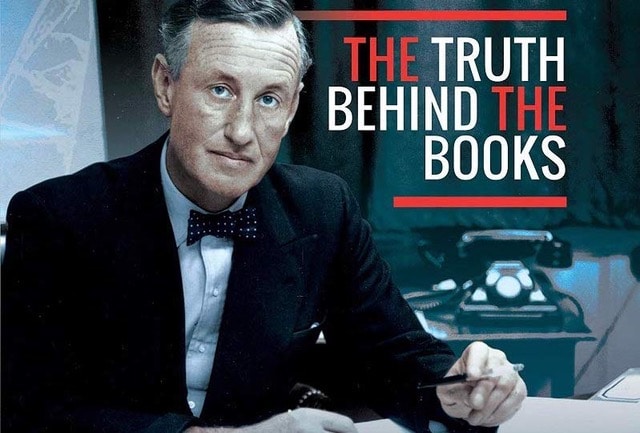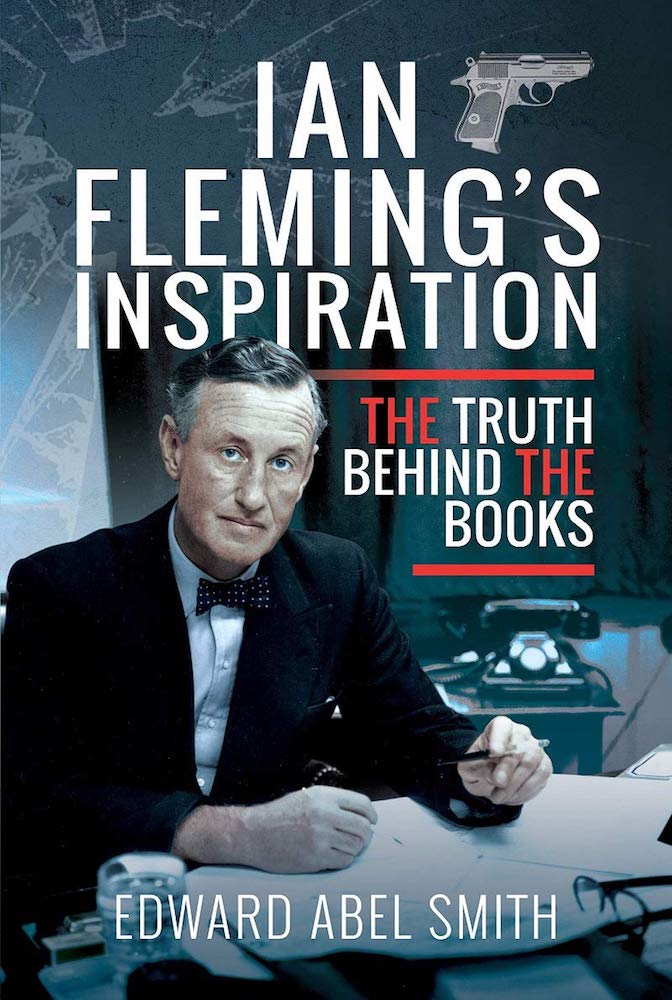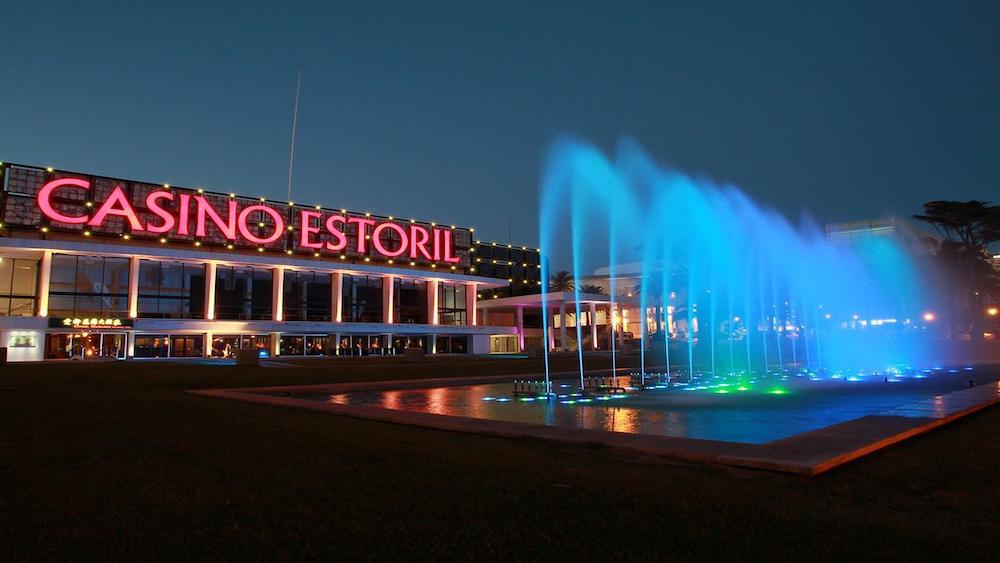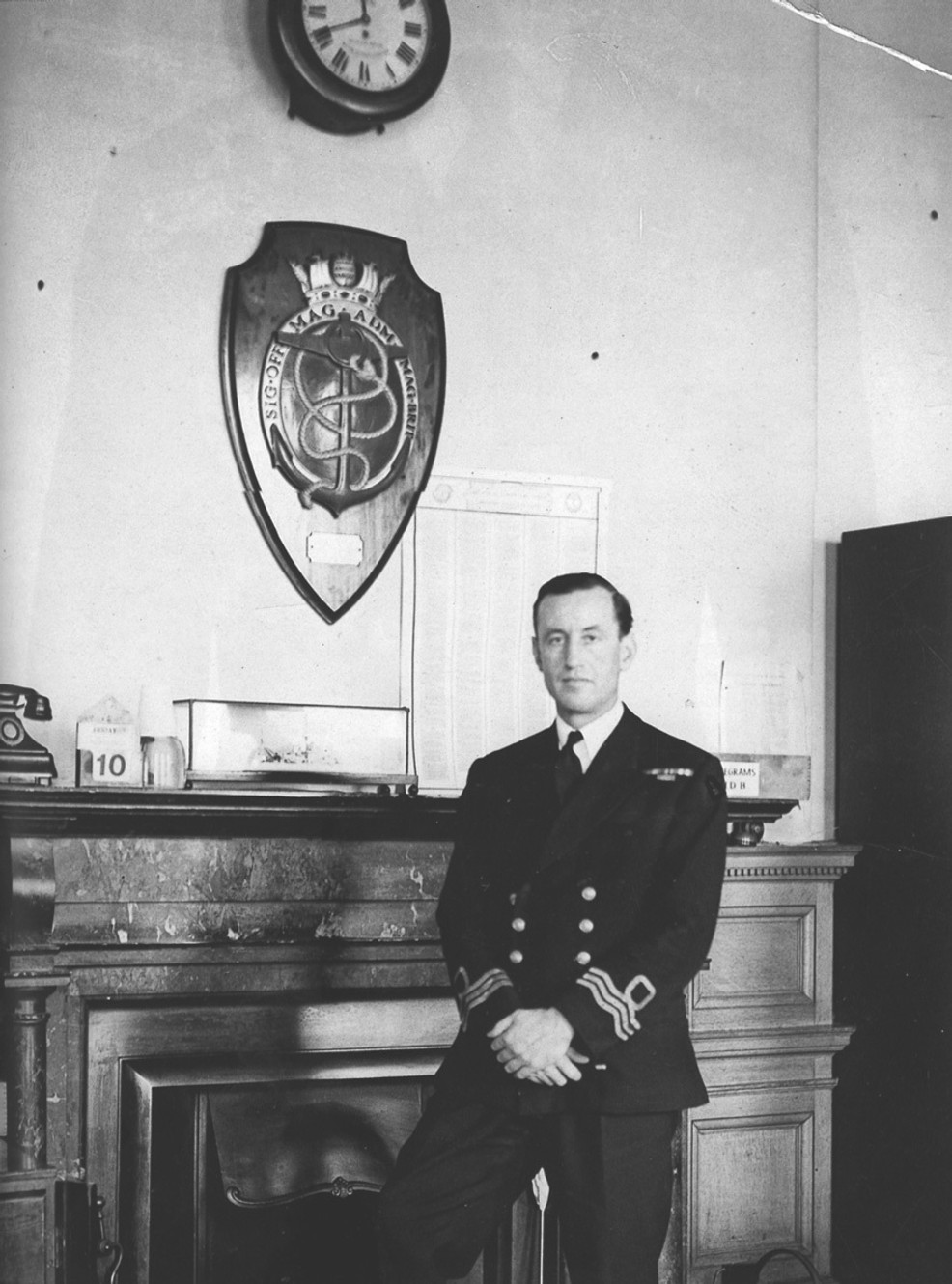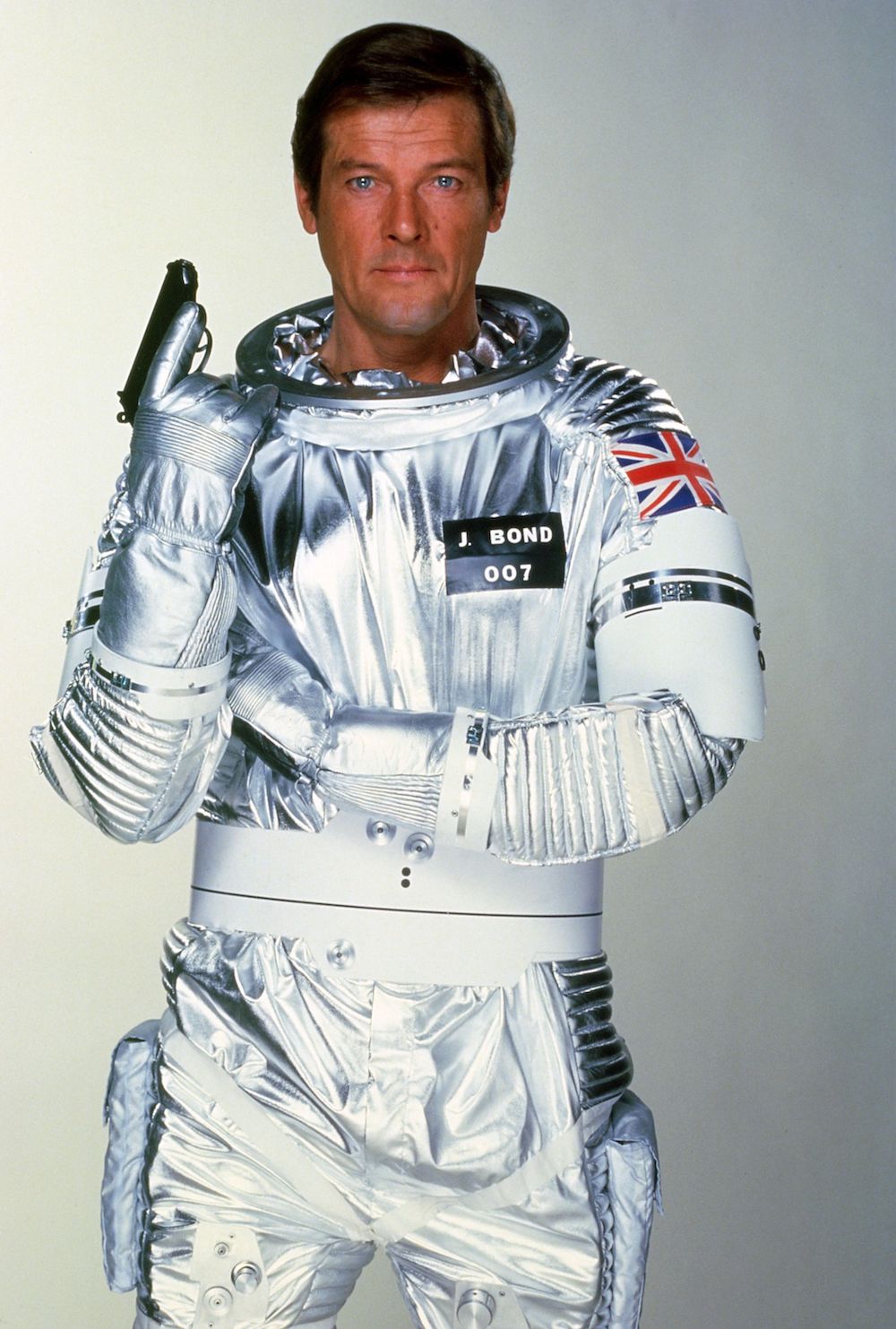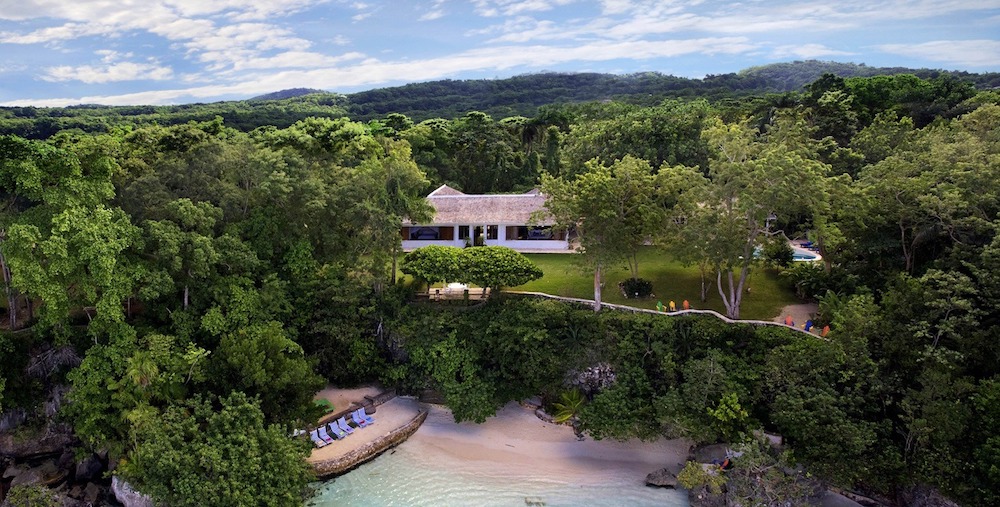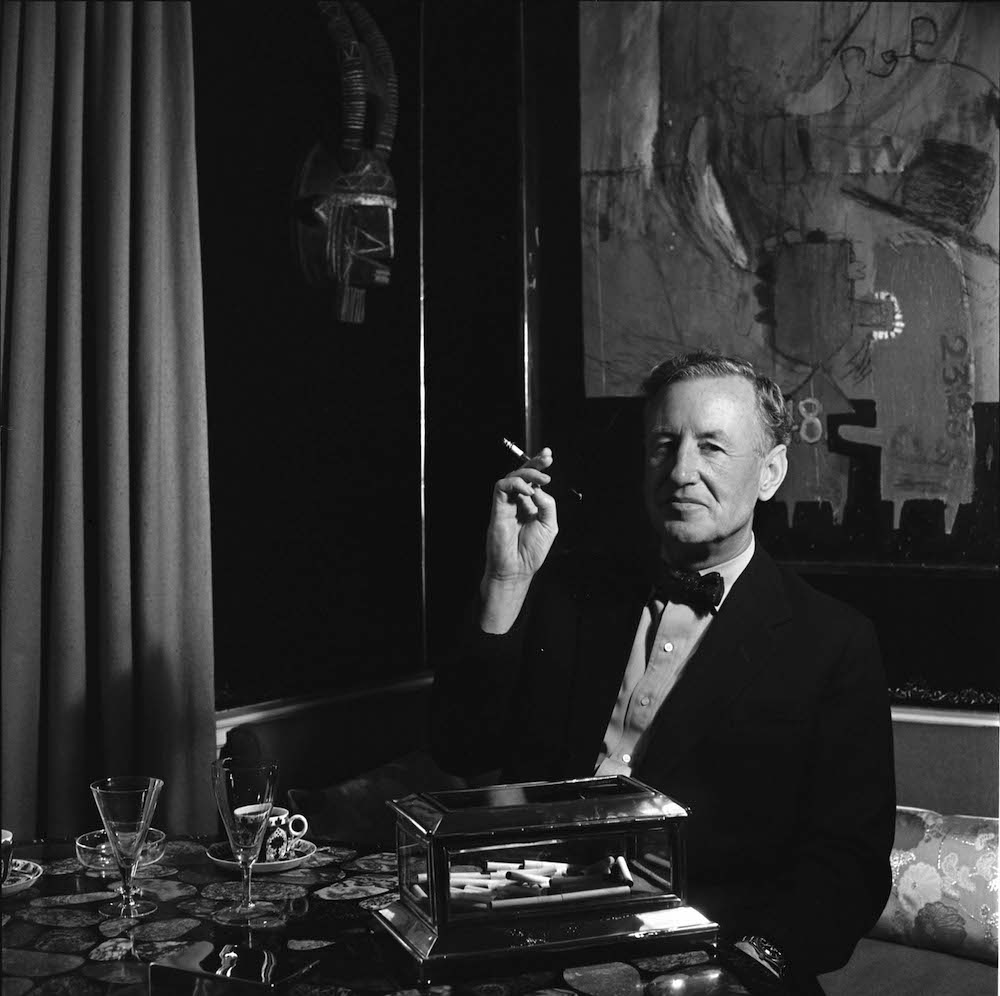James Bond is known the world over, and is one of the most well known fictional characters in history. The British Secret Service agent was created in 1953 by writer, Ian Fleming, and featured in twelve novels and two short-story collections. In fact the character, also known as 007, has been adapted for television, radio, comic strips, and video games. Beginning in 1962 with Dr. No, the films are the longest continually running film series of all time, with 24 films in the Eon Production series. Lesser known however, is that almost all of the characters, plots and gadgets come from the real life experiences of its creator, Commander Ian Fleming.
Ian Fleming’s Inspiration by Edward Abel Smith goes in search of the truth behind the books. The writer examines the plots of each Bond novel and then details the real life incidents which colour them. We’re taken on a detailed journey through Fleming’s direct involvement in World War II, accompany him on his exotic travels around the world, including his beloved Jamaica, and meet the glamorous and fascinating characters who frequented his life. As Fleming’s first biographer, John Pearson, believed: ‘James Bond is not really a character in this book. He is a mouthpiece for the man who inhabits him, a dummy for himself to hang clothes on, a zombie to perform the dreams of violence and daring which fascinate his creator.’
Fleming enjoyed a very comfortable upbringing, and his taste for expensive food, drink and cigarettes, helped create James Bond in his own image, and throughout many of the books, the art of fine dining is described in great detail. Fleming also greatly enjoyed cars, golf, women, and gambling.
Casino Estoril situated on the coastal area of Estoril in Portugal, provided the influence for Casino Royale. In 1941 Fleming was working as an assistant to Admiral John Godfrey, the head of Naval Intelligence during World War II, and whom Fleming based the character of M, the fictional head of MI6. The two men, visiting America, decided to stop off in Lisbon en route. There, they discovered the aforementioned casino and spent the rest of the night playing baccarat. 11 years later Fleming would sit down at his typewriter at his home in Jamaica and begin writing his first Bond novel, Casino Royale.
Whilst in America, Fleming met William Donovan, the man who President Roosevelt had recently instructed to create America’s first intelligence service. Fleming befriended Donovan and was taken into his confidence, resulting in Donovan asking him to write the blueprint for a new organisation. This paper would end up being used as the design for what would become the world’s largest intelligence service, the CIA.
Ian Fleming’s Inspiration by Edward Abel Smith also reveals that Fleming was also responsible for the invention of an intelligence gathering commando unit, known as 30 Assault Unit which took part in Operation Overlord during the D-Day landings. They were able to reach the site of the new technology required to launch the deadly V-2 flying rickets in Germany before the Russians. Not only did this become the basis for the plot for Moonraker, the designs of these rockets were used by the Americans to create the Saturn V, also known as the Apollo Rocket which would put the first human on the moon.
Jamaica was one of the great loves of Ian Fleming’s life. The author bought land which sat on the site of a former donkey racetrack in Oracabessa, and the simple house, according to a design by Fleming, was built on a cliff overlooking a private beach. He named the house Goldeneye after Operation Goldeneye, a Second World War contingency plan which the author had developed in case of a Nazi invasion of Gibraltar. After Fleming joined The Sunday Times as a correspondent in 1946, he negotiated a contract whereby he could spend three months of each year at Goldeneye. Following on from Casino Royale, he would spend the next 12 years writing all of his Bond stories there. Several of the Bond movies, including Dr. No and Live and Let Die were also filmed near the estate.
It was here at Goldeneye that Fleming developed a great friendship with Noel Coward. The playwright rented Goldeneye from Fleming, and eventually ended up buying two plots of land himself where he built the Blue Harbour estate which became a magnet for celebrity guests including Laurence Oliver, Vivian Leigh, Charlie Chaplin, and Audrey Hepburn. Fleming based the character of Dr. No on Coward, and asked him if he would play the title role in the film to which Coward replied: ‘Dear Ian, the answer to Dr. No is No, No, No, No!”
Although much of James Bond’s life, and many of his adventures seem implausible, Ian Fleming’s Inspiration reminds us of the life of his creator. What lay behind the world’s most famous spy, was a man of great wit, a man who enjoyed the finer things in life, and a man who lived a life of fascinating experiences.
Ian Fleming’s Inspiration by Edward Abel Smith, published by Pen & Sword Books is available to purchase here
For further information please visit: www.pen-and-sword.co.uk




